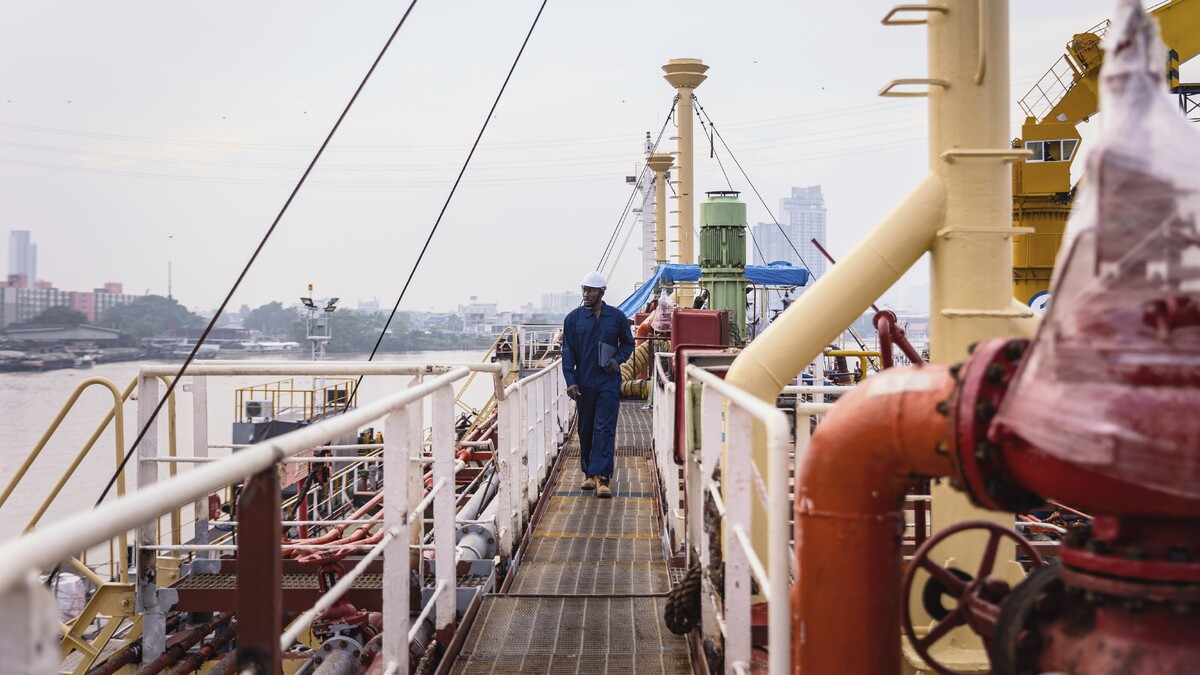Business Sectors
Contents
Register to read more articles.
Dry bulk market faces headwinds amid shifting trade patterns, geopolitical pressures
Shifting trade patterns, geopolitical policy changes, and the ongoing global energy transition have emerged as key factors shaping a relatively soft first half of 2025 for the dry bulk market
According to Intermodal head of research Yiannis Parganas, global seaborne dry bulk volumes fell by nearly 2.0% year-on-year in Q1 2025. He forecasts total volumes will decline by approximately 1.1% for the full year, while tonne-miles – which account for transport distance – are expected to contract by 0.5%.
Mr Parganas notes rising longhaul flows, such as Guinean bauxite and South American grain exports to China, have helped mitigate the drop in tonne-miles.
Specifically, Guinean bauxite shipments to China rose by 36.0% year-on-year in the first quarter, driven by a wave of alumina refinery expansions that continue to fuel Chinese import demand.
“Overall, the dry bulk sector in 2025 is being shaped by a confluence of shifting trade routes, evolving policy dynamics, and the long-term transition in global energy and industrial demand,” said Mr Parganas.
Subdued demand clouds market outlook
Despite high bauxite import volumes, Chinese dry bulk demand has remained sluggish in early 2025. Mr Parganas attributes this to high inventory levels, industrial overcapacity, and weaker coal-fired power demand. As a result, Chinese dry bulk imports declined by roughly 7.0% year-on-year in the first quarter, a notable shift from the robust growth recorded in 2023-24.
Other major import regions, including industrialised Asian economies and Europe, are also facing muted demand. Tepid steel production, a growing reliance on renewable energy, and broader macroeconomic concerns are all weighing on demand for both major and minor bulk commodities.
The outlook for key commodities remains under pressure. Iron ore shipments are expected to fall by around 0.8%, as China, the world’s largest consumer, reduces imports in line with slower steel sector activity. Meanwhile, steel output continues to underperform in other major economies, reinforcing the downward trend in ore transport.
Thermal coal trade faces even stronger headwinds, with Intermodal projecting a 3.9% year-on-year decline. This drop is being driven by reduced Chinese purchases, weak industrial energy consumption in advanced economies, and further gains in renewable energy, which continues to displace coal-fired power generation.
On the agricultural front, seaborne grain volumes are forecast to contract by 1.8% in 2025. The reduction is largely due to decreased Chinese imports following last year’s stockpiling and strong domestic harvests. In addition, Ukraine’s export capacity remains constrained by the ongoing war, while US shipments have suffered from low buying interest amid tariff uncertainty and new port-related levies.
Geopolitical uncertainty shapes trade flows
In connection with tariffs, ongoing trade tensions and geopolitical developments continue to shape dry bulk flows. Mr Parganas points to a recent provisional agreement between the US and China, which has temporarily revived some shipping stems, as traders move quickly to take advantage of a narrow opportunity window. This has led to a short-term increase in US grain and metallurgical coal shipments to China.
However, Mr Parganas warns this recovery may prove short-lived. Without a formal and lasting resolution, US exports – particularly agricultural and coal cargoes – could face renewed softness.
Intermodal estimates the direct impact of tariffs and trade friction currently accounts for about 1.5% of global seaborne dry bulk volumes. While this may seem relatively modest, the indirect effects – particularly those related to financial market sentiment and investor confidence – remain significant.
One positive development, Mr Parganas notes, is the updated US port fee proposal, which now appears less disruptive than initially feared, thanks to key carve-outs that protect certain critical export flows.
Regarding the Red Sea, Mr Parganas said vessel rerouteing remains a factor through the remainder of 2025, though some easing may occur in 2026. Nevertheless, he concluded, geopolitical risk continues to loom large over the dry bulk market outlook.
Sign up for Riviera’s series of technical and operational webinars and conferences:
- Register to attend by visiting our events page.
- Watch recordings from all of our webinars in the webinar library.
Related to this Story
Safe Bulkers reports improved carbon intensity and eyes 'green' technologies
Events
Reefer container market outlook: Trade disruption, demand shifts & the role of technology
Asia Maritime & Offshore Webinar Week 2025
Marine Lubricants Webinar Week 2025
CO2 Shipping & Terminals Conference 2025
© 2024 Riviera Maritime Media Ltd.














